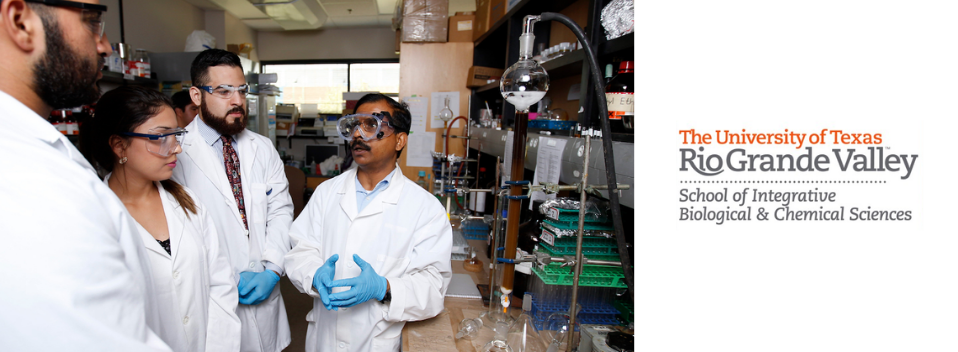
School of Integrative Biological & Chemical Sciences Faculty Publications and Presentations
Multiscale Materials Engineering via Self-Assembly of Pentapeptide Derivatives from SARS CoV E Protein
Document Type
Article
Publication Date
7-16-2024
Abstract
Short peptide-based supramolecular hydrogels hold enormous potential for a wide range of applications. However, the gelation of these systems is very challenging to control. Minor changes in the peptide sequence can significantly influence the self-assembly mechanism and thereby the gelation propensity. The involvement of SARS CoV E protein in the assembly and release of the virus suggests that it may have inherent self-assembling properties that can contribute to the development of hydrogels. Here, three pentapeptide sequences derived from C-terminal of SARS CoV E protein are explored with same amino acid residues but different sequence distributions and discovered a drastic difference in the gelation propensity. By combining spectroscopic and microscopic techniques, the relationship between peptide sequence arrangement and molecular assembly structure are demonstrated, and how these influence the mechanical properties of the hydrogel. The present study expands the variety of secondary structures for generating supramolecular hydrogels by introducing the 310-helix as the primary building block for gelation, facilitated by a water-mediated structural transition into β-sheet conformation. Moreover, these Fmoc-modified pentapeptide hydrogels/supramolecular assemblies with tunable morphology and mechanical properties are suitable for tissue engineering, injectable delivery, and 3D bio-printing applications.
Recommended Citation
D. Sarkar, A. H. Khan, S. Polepalli, R. Sarkar, P. K. Das, S. Dutta, N. Sahoo, A. Bhunia, Multiscale Materials Engineering via Self-Assembly of Pentapeptide Derivatives from SARS CoV E Protein. Small 2024, 2404373. https://doi.org/10.1002/smll.202404373
Publication Title
Small
DOI
https://doi.org/10.1002/smll.202404373


Comments
© 2024 Wiley-VCH GmbH
https://onlinelibrary.wiley.com/share/3W6CY4WINFPQQQBTBU8K?target=10.1002/smll.202404373